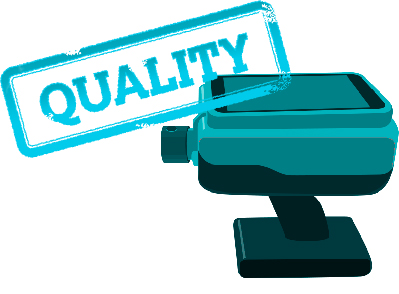
Four portable Raman spectrometers, EnSpectr RaPort Handheld Analyzer among them, equipped with 532-nm excitation laser were used in a comprehensive investigation of Carotenoids of Halophilic Microorganisms.
“Obtained data were compared to those from other light and portable Raman spectrometers. It was shown that strong carotenoid signals could also be obtained under non-resonant conditions.”
The following microorganisms were investigated: Halobacterium salinarum, Haloarcula marismortui and Halorubrum sodomense (halophilic Archaea), Salinibacter ruber, Ectothiorhodospira marismortui (halophilic Bacteria), Dunaliella parva (a halophilic green alga), and Micrococcus luteus, and Corynebacterium glutamicum (non-halophilic and slightly halotolerant bacteria).
“The EnSpectr RaPort is a handheld Raman spectrometer (weight 1.25 kg) using a doubled Nd:YAG laser at 532 nm for excitation. The instrument was operated via a USB 2.0 cable connection to a laptop computer. The automatic mode was selected (usually less than 1 min for a single analysis), the laser power at the sample was 6 mW (measured by the LaserCheck by Coherent, Santa Clara, CA, United States). The measurement range is wide for a portable instrument, 140–4180 cm−1, with a maximum spectral resolution of 7 cm−1. No calibration is required before measurements. The spectra are saved in plaintext in.esp files together with the experimental settings and state of the spectrometer.”
Differences exist between the qualities of Raman spectra obtained using the individual instruments. For green excitation instruments (532 nm) excellent spectra were obtained with strong Raman bands corresponding to the carotenoids. In this case spectral parameters were used directly as extracted from the spectra without any treatment.
“Excellent reliability and robustness of collected major diagnostic band positions were confirmed in the case of the RaPort portable system. Interestingly, very good correspondence of values obtained by a PSSERS operating with lasers not allowing collecting resonance Raman signals of carotenoid chains was observed.”
